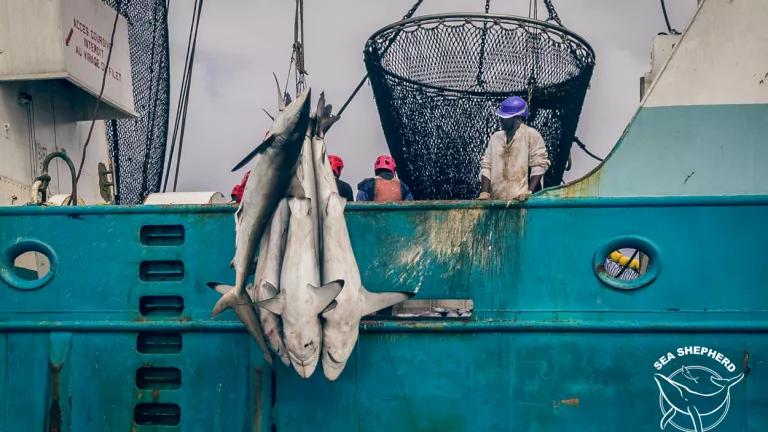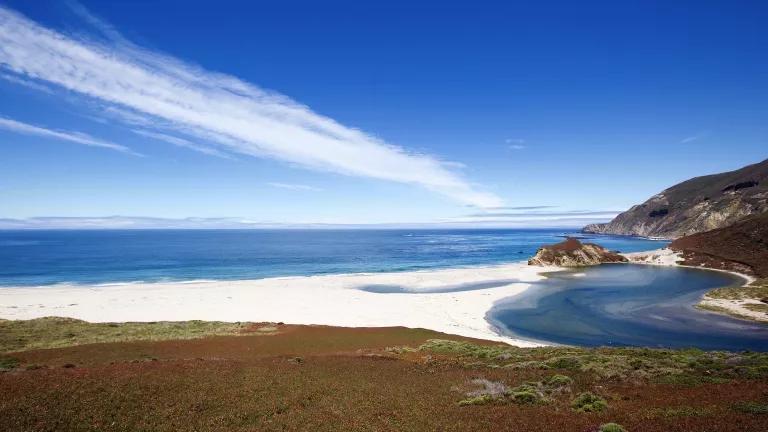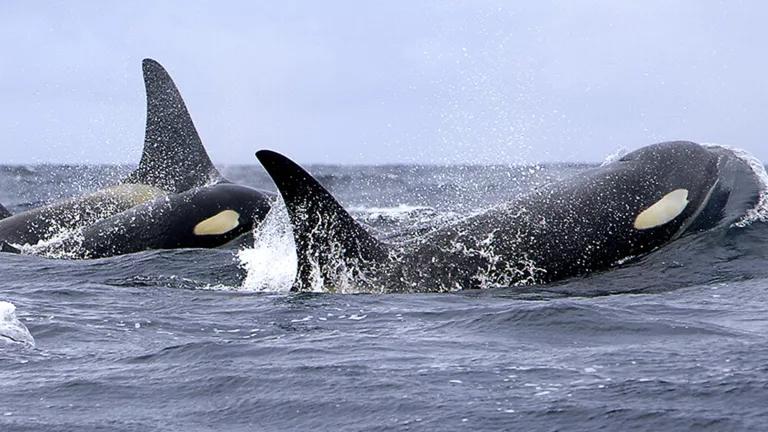This Week in Whales: Oil Spills Are Bad from BP Disaster to Santa Barbara; Designing Whale-Friendly Fishing Gear...

Ready to have your world turned upside down? Turns out the Deepwater Horizon spill contributed to a record number of dolphin deaths in the Gulf. I know, shocking, right? Anyway, a study published Wednesday found that the record dolphin die-off now occurring in the Gulf of Mexico is linked to contaminants from 2010's BP oil spill. Comparing tissue samples from dolphins in areas affected by the spill with dolphins that were not exposed, researchers found that one-third of the oil-exposed dolphins suffered from rare adrenal damage that hurt their ability to produce important hormones. They also found that dead dolphins from affected areas were more likely to have lung damage and pneumonia - likely from inhaling contaminants near the water's surface as they swam up for air near. This isn't the first time a study has directly linked contaminants from the spill to sick and dying dolphins. BP's response? "Not us." Yeah, right.
Speaking of oil spills... Santa Barbara's Refugio Beach oil spill poses threat to wildlife, including dolphins and sea otters. Earlier this week, an oil pipeline 20 miles west of Santa Barbara ruptured, soiling more than 4 miles of California's coast and marine waters with more than 100,000 gallons of crude oil. The spill, which exposes once again the fundamental weaknesses of our nation's oil infrastructure, also couldn't have come at a worse time for migrating gray whales, which travel along the shoreline in the Santa Barbara Channel on their way to summer fishing grounds near Alaska. Wildlife officials have already found oil-coated brown pelicans and dead lobster, bass and other fish. It could be years before we fully understand the impacts to marine mammals in the affected area. This week's study from the Gulf of Mexico makes clear that the catastrophe doesn't end when the oil gets "disappeared."
Ship strikes, fishing lines, sonar and climate change may play a role in Bay Area strandings. A recent string of whale strandings up and down the San Mateo County coastline over the last few weeks has scientists, wildlife officials and advocates offering potential explanations. At least three whales have stranded along the coast south of San Francisco over the past month, with other two strandings reported north near Fort Bragg and south towards Santa Cruz. Though officials have been unable to conclusively determine the causes of death, it is clear whales have to contend with a lot of potential harms as they migrate north to their summer fishing grounds. Ship collisions are an ever-present threat, warming ocean temperatures and overfishing have altered the availability of prey, and commercial fishing lines are entangling whales at record rates this year.
In more positive news, scientists collect data to design better fishing gear. A paper published in the Marine Mammal Science journal this week estimates the maximum pulling strength that different whale species can create with their tail flukes, which could help fisheries design ropes and nets with built-in weak links that break apart when a whale becomes entangled. Using vertebrae and muscle measurements from whale skeletons at museums and research facilities, researchers calculated total force production for several cetacean species, including right whales, blue whales and sperm whales. Authors of the paper hope that the data will be used by fishing gear designers to create nets and rope that break apart at a certain point.




